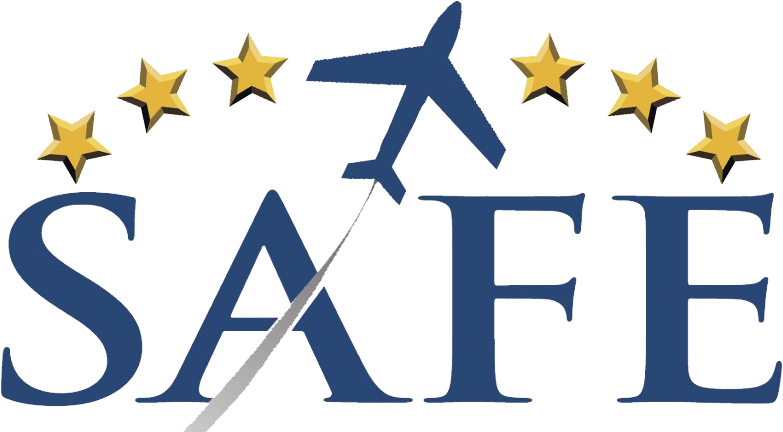I am a sponge for advice from qualified people. In aviation, these “been there, done that” people possess a wealth of knowledge that is usually overlooked in our modern pursuit of the “new and shiny.” The finer points and greater general truths in aviation are subtle and obscure. True learning in our world is an apprenticeship that never ends. So when I present safety seminars and need fresh material, I often solicit “best practices” from these proven aviators. The stories and advice are often amazingly helpful. One such man, a veteran of 125 combat missions over Vietnam (and still flying) shared these three fine rules to apply to your flying for greater safety.

Never assume you know it all, there is always more to learn and in fact, situations continually change so more study is essential. Mario Tomei is an older gentleman who gives knowledge tests for the FAA at our flying club. When some aviator rejoices at barely passing with the minimal 70 points (mensa!) Mario usually sighs quietly and conveys his important counsel; “You proved you know enough to pass, but not enough to fly safely…please go home and study more, you will need this knowledge at some point” And as a pilot examiner I can second that advice. There are some applicants who might scare us a little but by the FAA rules of engagement are entitled to pass (we administer the government’s test). They may skate along the edge of failure for a whole evaluation but also barely tumble over the bar. These people, just like the lowest score in medical school, are “fully qualified” with their “D” and no will know how marginal their skills might be. Same advice, “for safety, more study and practice is essential.” And to be a safe pilot at any level, we are always studying and learning.
Always rely on standard operating procedures and a checklist. This is especially helpful when the fertilizer hits the fan. When I inquired about this advice, Mario mentioned being inverted in formation in a high performance jet fighter when an engine flamed out. “Disengage the formation, descend below 30,000 ft and attempt a restart.” (I am paraphrasing here but apparently it worked, and he convinced me) How many accidents could be avoided by simple reliance on standard, operating procedures and checklist guidance? A basic humility is required to accept that we are human and consequently subject to mental errors. Most pilots seem uniformly “alpha” and inclined toward over confidence. Only our better nature can control this “inner child” and apply discipline to everyday flying for safety.

Always maintain a sense of wonder at what we accomplish daily as aviators when we defy gravity. A little fear is a good thing. It is essential to always keep your guard up and entertain a little fear (or healthy concern if you prefer) to maintain your vigilance in aviation. The Marine Combat Hunter Program calls this “Operating in the Condition Yellow” for optimal situational awareness. If you perceive no threat there will be no awareness. Applying this precept has saved many lives in all areas where danger lurks. Always entertain the possibility of surprises and failures because nothing about “it worked before” really means it will work this time! “Fat, dumb and happy” is a sure recipe to turn a shiny aluminum plane into future beer cans. Thank you Mario Tomei for all you have taught me. Let’s all fly safe out there!
Please “follow” our SAFE blog to receive notification of new articles. Write us a comment if you see a problem or want to contribute an article. We are always seeking more input on aviation improvements and flight safety. There are many highly qualified aviation educators out there! If you are not yet a SAFE member, please Join SAFE and support our mission of generating aviation excellence in teaching and flying. Our amazing member benefits alone make this commitment worthwhile and fun. Lastly, use our FREE SAFE Toolkit App to put pilot endorsements and experience requirements right on your smart phone and facilitate CFI+DPE teamwork. Working together we make safer pilots!
